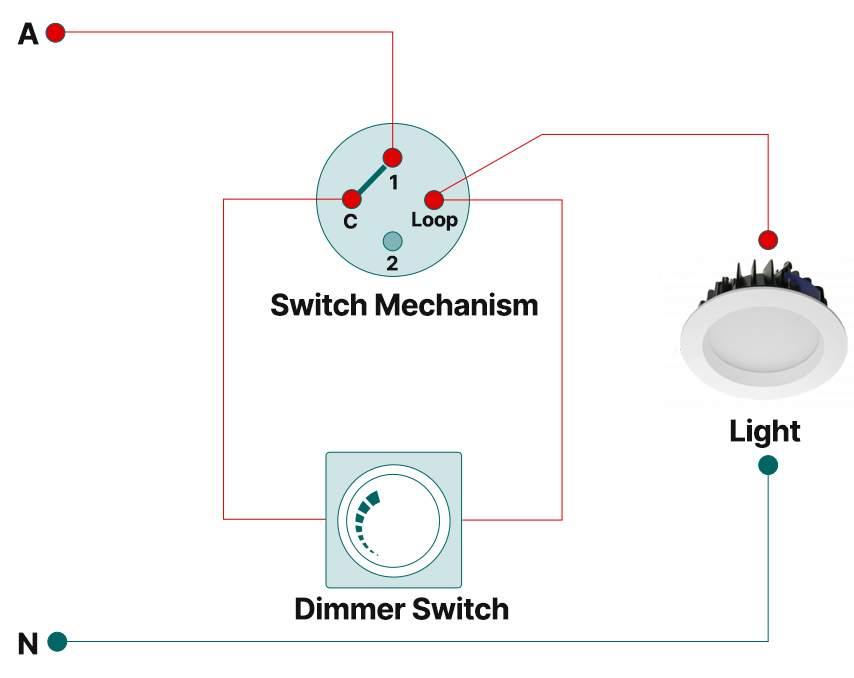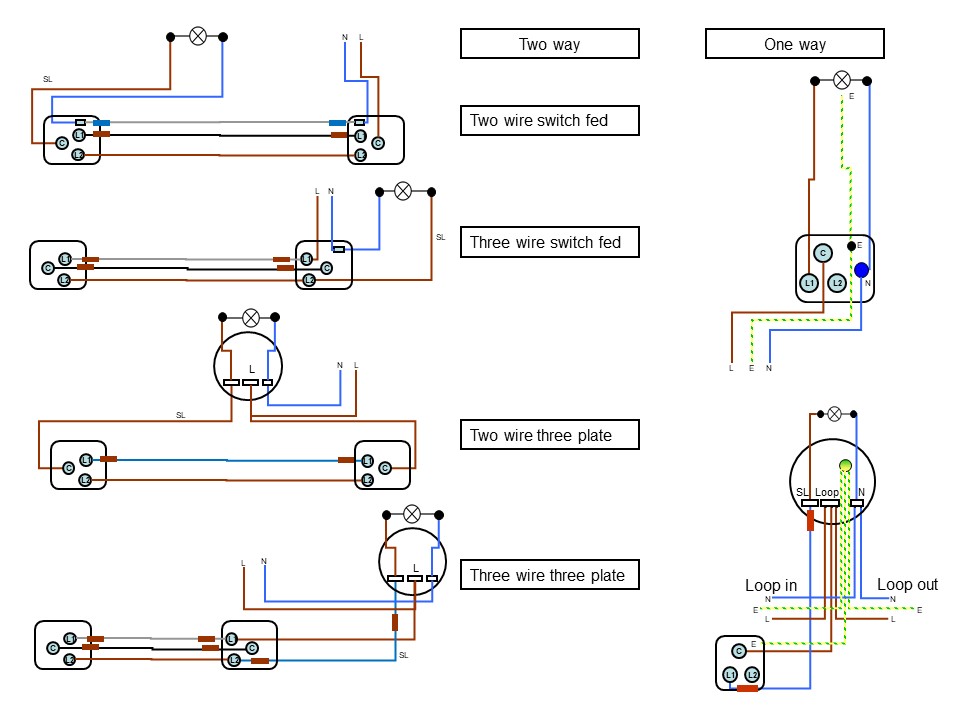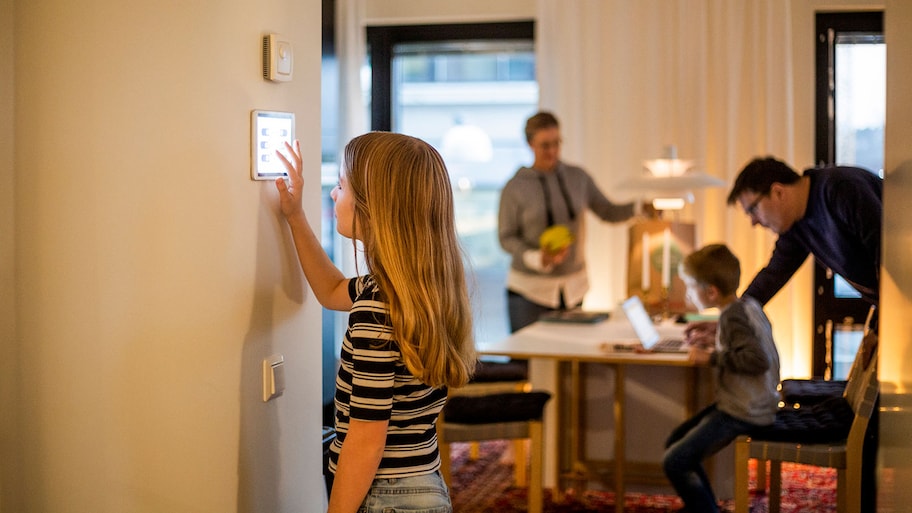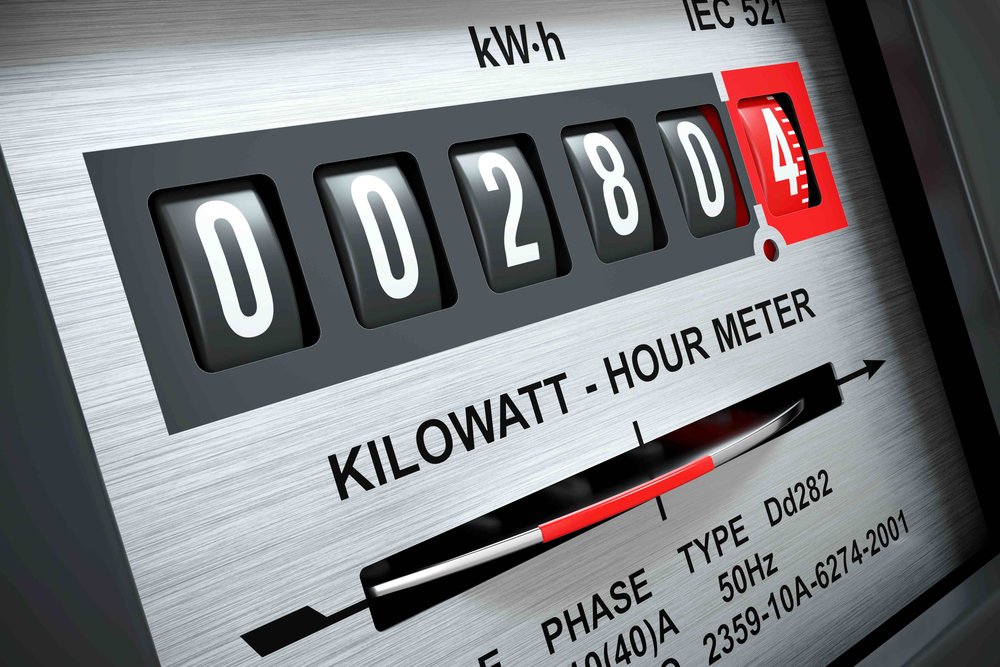Hello dear readers! If you’ve been following the world of home and garden improvements, you’ll know that lighting plays a crucial role in setting the ambiance of a space. Today, I’m going to dive deep into a topic that’s been gaining traction: switch loop with multiple lights. This technique can transform the way you light up your living spaces, and I’m here to guide you through it.
Why Switch Loop Wiring?
Have you ever wondered how you can control multiple lights with just one switch? Or perhaps, how to set up a system where you can control a single light with multiple switches? The answer lies in the magic of switch loop wiring.
Switch loop wiring is an integral part of modern homes. It’s a connection between your light and a switch, allowing you to turn it on and off at will without removing the bulb. This loop can be used to create one switch or several switches, all operating the same light. But how does it work?
The Basics of Switch Loop Wiring
Switch loop wiring essentially turns a neutral wire into a live one. This is crucial to understand, especially if you ever expose the wires in your light fitting and assume only the brown wire is live.
- Power to the Light First: The live wire coming from the light bulb is identified. This is then connected to a neutral wire that runs to the light switch. The power doesn’t go to the bulb at this stage. It’s essential to mark the neutral wire to ensure you know it’s acting as a live one. The neutral supply to the light is connected as usual. At the switch, power comes in via the neutral wire. This should be connected to the live-in terminal on your switch. The live wire of the cable between the switch and bulb is connected to the L1 connection on your switch. The other end of this should be connected to the live-in on your light.
- Power Arrives at the Switch First: This method is quite similar to the one mentioned above. The primary difference is where the live power is coming from. This is the easiest option but is less common.
- Adding Two Switches to a Loop: For larger rooms or when you need to control a light from two different locations, you can add a second socket into your switch loop. This is surprisingly easy to do, and once set up, you can turn the light on and off from either switch.
Now, you might be wondering, why is this important for homeowners?
The Benefits of Multi-Light Setups with Switch Loop Wiring
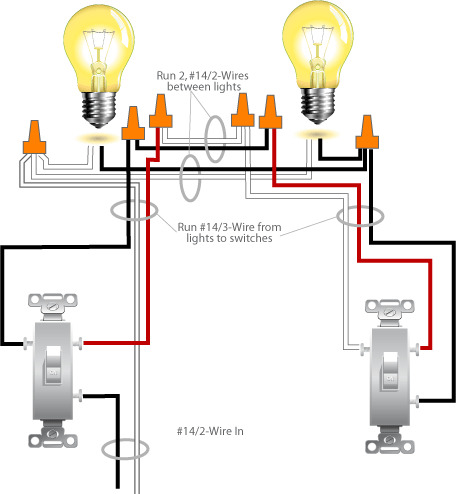
Switch loop wiring offers several advantages:
- Flexibility: You can control multiple lights with a single switch or control one light with multiple switches.
- Efficiency: It reduces the need for excessive wiring, making the setup cleaner and more organized.
- Aesthetics: Proper lighting can enhance the ambiance of a room, and with switch loop wiring, you can achieve the perfect lighting setup for any occasion.
But, how can you ensure that you’re setting it up correctly?
Lessons Learned
From my experience, there are a few key takeaways when dealing with switch loop wiring:
- Safety First: Always remember that electricity is dangerous. If you’re not experienced, it’s best to consult with a professional.
- Mark Your Wires: It’s essential to mark the wires that are carrying power but aren’t the usual live color. This ensures safety for anyone who might work on the setup in the future.
- Test Before Finalizing: Before finalizing your setup, test the switches to ensure they work as intended.
Are you curious about how switch loop wiring compares to traditional wiring? Check out this detailed guide on switch loop and its workings.
Conclusion
Switch loop with multiple lights is more than just a trend; it’s a revolution in home lighting. By understanding its basics and benefits, you can transform your living spaces into well-lit, aesthetically pleasing environments. Remember, the key is to stay informed and prioritize safety. Happy lighting!
Note: For a deeper understanding of switch loops and their applications, I recommend checking out this comprehensive article from a reputable source in the electrical field.


